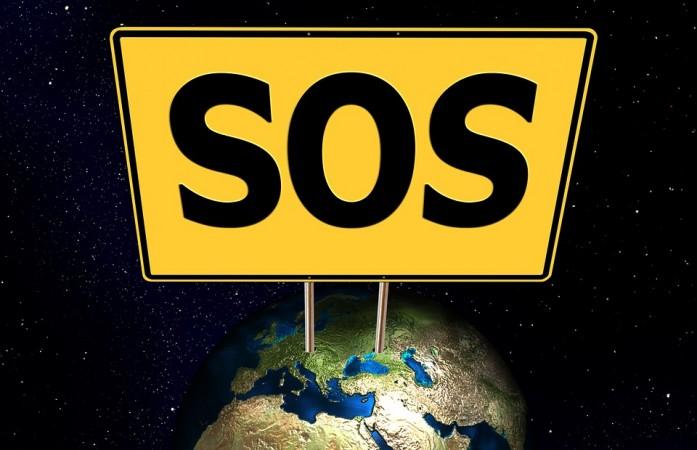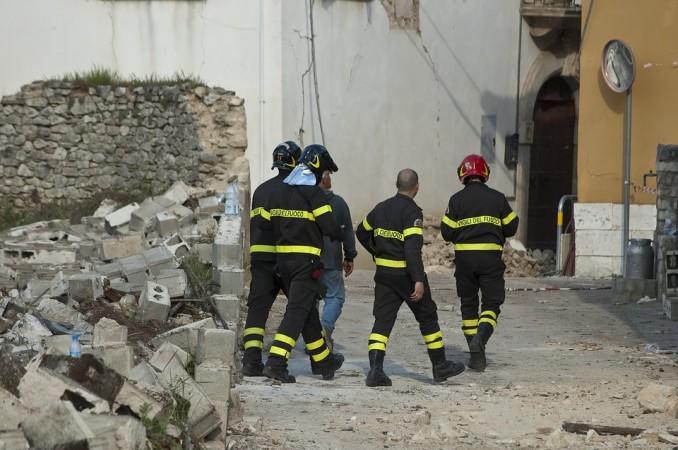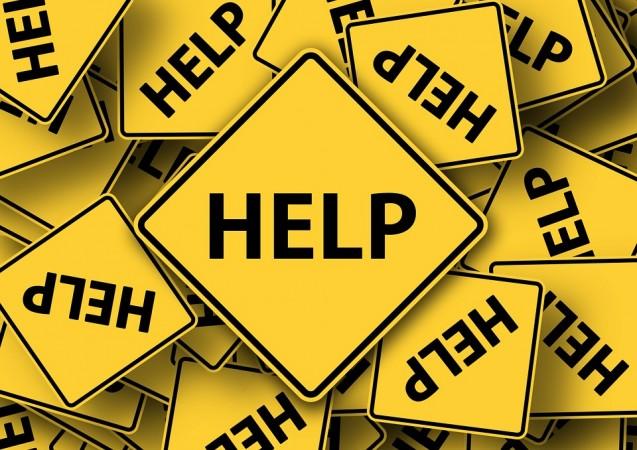
Researchers at the Universidad de Alicante (UA) in Spain have developed a new app that helps people in distress by sending out SOS signals. The biggest challenge has been to make emergency distress calls in no network zones, but the new app fixes that by using Wi-Fi signals to locate a smartphone.
The new technology can help save lives by dispatching aid to stranded folks stuck in situations like earthquakes, floods or even forest fires. The smartphone app sends out the location of the person who is sending out the distress signal from a no network zone using his or her smartphone along with a short message like "I am injured," "I am disorientated," or "I need help," Jose Angel Berna, creator of the technology and professor at UA, said.
"We have designed an application (app) that can be incorporated to any smartphone and that, without a signal, emits a Wifi signal which in turn acts as a distress beacon over a distance of several kilometres," Berna said, Ruvid reported.

The researchers have also developed a receptor device to trace the location of the smartphone sending out the signal using the app. The device itself is a portable one, which can be carried around easily by rescue teams, and has a small antenna. The device connects to the smartphone of the search party.
When a victim activates the app, the distress signal is emitted periodically, and as the report notes for hours or even days. So if the victim doesn't need to actively check if the signal with the coordinates of the location is being sent out after activating it once.
As per live field tests conducted on ground and sea, the receptor was able to pick up distress signals from a smartphone and capture the victim's location from up to a distance of two or three kilometres. The researchers noted that it is possible to increase the radius of its reach without shedding any light on how at the moment.

"At present, there is no system in the world that uses Wi-fi signals to geo-locate a smartphone. There are devices that allow you to detect mobile phone signals from a smartphone and pinpoint its location through triangulation, but it costs around EUR 80,000 (roughly Rs. 61 lakhs) and requires the use of a helicopter," Berna said.
On the contrary, the new system cuts down the cost drastically. Researchers put the value of the receptor at around €600 if largely used by rescue teams.









